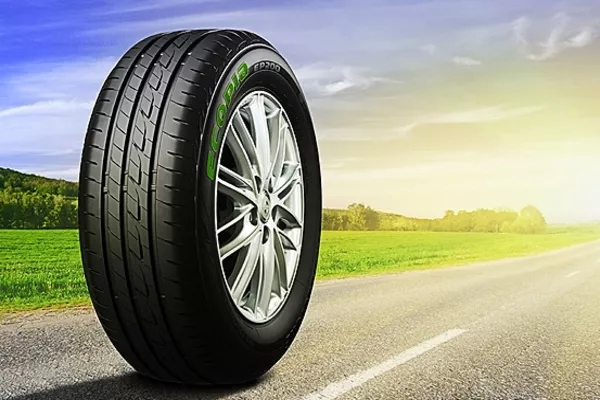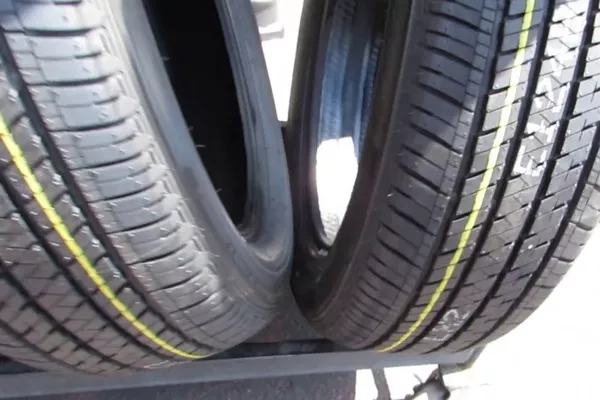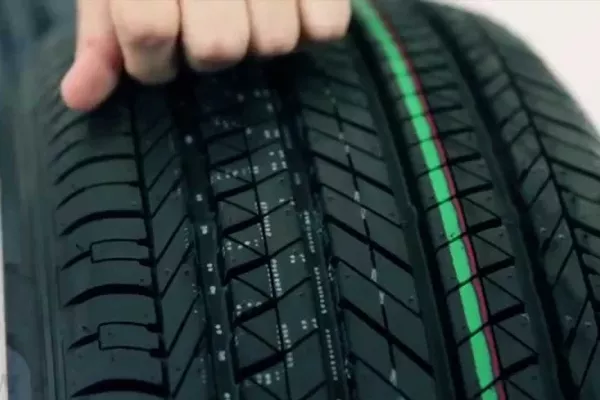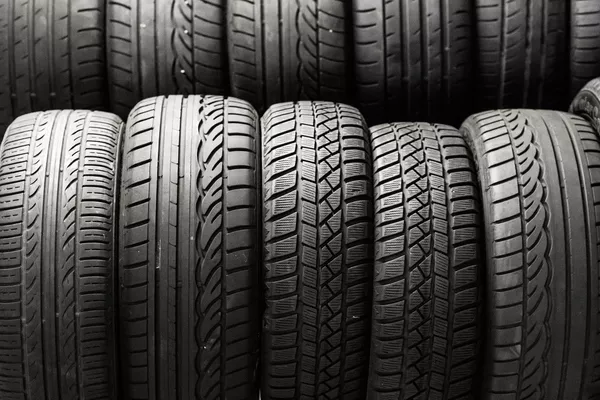Car enthusiasts are looking everywhere they can to find for the solution for low fuel consumption and total cost. It appears like most major systems on today’s fleet vehicles have the latest overhauls as fleet managers toil to lower their costs, and manufacturers respond to that with new introductions.
Tires are one factor that should be considered when looking for ways on how to lower costs. With the desirable tires, today's fleet manager can make the vehicle more efficient.
This article from Philkotse.com aims to provide a better understanding of what fuel-efficient tires are and its effect on the fuel economy of the vehicle.
1. What is a fuel-efficient tire?
Fuel efficient tires show little rolling resistance and use less energy than typical tires to move them in a certain direction. Rolling resistance is produced by the tread and belt package and is the degree of force at the axle in the direction of drive essential to cause a loaded tire move.
That is a way of expressing that rolling-resistance estimates how much effort the vehicle needs to establish in order to make the tires roll on the surface.

Fuel efficient tires show little rolling resistance and use less energy than typical tires
Here’s a quick description of what really happens as the tire experiences each revolution. When a tire is rolling under the weight of the vehicle, it flattens a little right at the contact patch (the point of contact between the tire and the road).
It then regains its original shape as it rolls. This uses up energy and generates heat. Fuels like diesel, gasoline, EV battery, etc., are being used up in order to make up the lost energy.
>>> Worth to note: Things to consider when choosing the right fuel for your car
But across time, tire designers came up with different procedures to make tires roll better. One option is to lessen the weight of the product. Using the reduced amount of mixtures, or by opting for lightweight materials tires wouldn’t have to exert much force on the surface, this leads to the reduction in the consumption of fuel. Another method is to include innovative components such as silica in the tread compound.
This can prevent excessive friction on the surface. Nokian tire manufacturer put an importance on the sustainable developments; it uses only oils that have been purified in producing their tires, using non-toxic or carcinogenic substances for the products.

Tire designers came up with different procedures to make tires roll better.
The patterns of the tread also hold an important value. Circumferential rows of miniature tread features set round the tread generally roll with more efficiency. At long last, fuel-efficient tires are typically designed to possess stiffer sidewalls.
This is to minimize the expanse of heat produced by the tire. Stiffer tires are more fuel efficient since minimal heat leads to less energy consumption.
2. Tires with regard to fuel economy
Since rolling resistance is generated by tread and belt package, tread design and tread depth are both important in setting the fuel efficiency of the tire. However, this creates a predicament for the manufacturers.
On one hand, a lot of tire manufacturers do not like to reduce the durability of the tire by decreasing the tread depth too far, but on the other hand, they do want to guarantee a fuel efficient rolling resistance.
Modern tire manufacturers are experimenting with materials and belt packages that will let them change the tread to minimize the rolling resistance without sacrificing the durability of the tire.

The tread design and tread depth are both important in setting the fuel efficiency of the tire
>>> Learn about other fuel-saving products for cars.
3. Will fuel-efficient tires be worth it?
By many accounts, the technology is good — and in many cases, a little extra investment in a fuel-saving tire can yield measurable fuel savings over the life of the tire.
Never expect big savings or for the tires to (automatically) pay for themselves, and be reminded that fuel economy changes are highly difficult to measure due to hundreds of other factors that can play a role in the everyday fuel use of a given vehicle.
Driving style, locale, climate, elevation, and other factors all come into play, here. Nonetheless, drivers who deliberately take steps to minimize their fuel consumption will probably find the minimal extra cost of a set of fuel-saving tires to be an ideal addition to their arsenal.

A little extra investment in a fuel-saving tire can yield measurable fuel savings over the life of the tire.
4. Concerns with gasoline
A lot of factors affect fuel economy apart from correct inflation. Driving habit is the leading factor. If you’re one of the drivers that accelerates rapidly and stops really hard or are going through a lot of stops and go traffics, you are going to consume much fuel more than the other drivers that accelerate softly and brakes smoothly. Practicing proper driving habits can help save as high as 10.0% in the fuel economy.
A significant impact is also associated with fuel-efficient tires. In contrast with a regular tire which has greater rolling resistance features, the usual low rolling resistance tire saves between 1.0% and 5.0% per gallon.
5. Practical tips on choosing tires
It is a common misconception that the tires of the same model, size and brand are always the same. That is because of the fact that tires have load ratings, which help buyers determine what tire is suitable for their vehicle.
Having a basic knowledge of these ratings and other factors is very essential: it may hinder you from wrapping up with a lighter-duty vehicle tire on your bigger truck or sports-utility vehicle, for example, that can be a safety hazard.

Always keep in mind to check the speed and load ratings out
Always keep in mind to check the speed and load ratings out, having them weigh against what you drive, and how you’re going to drive it. Just in case you are uncertain about whether the tire you consider is right for your vehicle, see to it that you to talk to a specialist before you purchase for maximum security and peace of mind.
Keep in mind, that setting up unfitting tires to a vehicle that is heftier than the tires are made for, can be a safety hazard and will most probably invalidate the tire warranty.
6. Tire for a given reason
What is the best tire for your car? That would depend on so many factors, but really, there is no such thing as “perfect” or let’s say, the “best” tire — only the tire that meets your needs, locale, driving style, climate, and financial plan.
All-Season tires are a great option for many drivers, although they’re usually not good for use in winter climates. There is another marketed tire that is advertised as something close to an all-season tire with supplementary wintertime function and is becoming ever more popular, they are called all-weather tires.
These are intended for shoppers who desire to run a single set of tires throughout the year, though expert drivers claim that a Winter Tire is best for winter—and that an all-season tire is usually good for the other seasons.
>>> Another way that will help you save fuel is to buy one of 10 most fuel-efficient SUVs. Check out!
Recent posts
- 5 Gas-saving technologies that every driver should consider Aug 16, 2022
- 10 myths about fuel efficiency that every Filipino driver should know Nov 08, 2022
- 6 handy tips to maximize fuel efficiency during your road trip Jan 12, 2019
- Michelin and Bridgestone, whose tires are better? Aug 04, 2020
- 6 useful tips to increase your car’s fuel efficiency Nov 10, 2017












